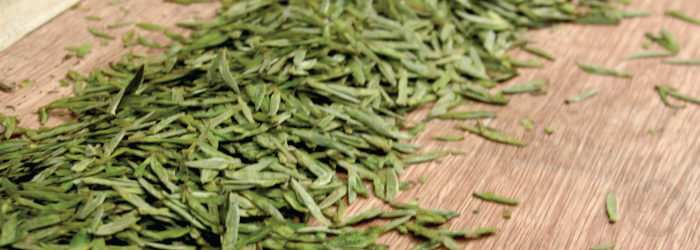In the Phoenix Mountains of northern Guangdong, tea cultivation is a tradition dating back hundreds of years. Unlike other tea-growing areas, tea plants are not pruned into bushes or regularly replanted to increase crop yields. Instead, the plants are allowed to grow into full-sized trees, which are typically not considered mature until they are at least 60 years old. Over time, tea farmers in this area have cultivated a range of local tea plant varieties, using cuttings and grafting to preserve and curate specific fragrances from each plant. As a result of these traditional growing methods, Phoenix oolongs are one of the most intense, flavorful, and varied categories of tea in China.
Learn more about the four types of Oolong tea >>
These oolongs are often called dan cong in Chinese, which references the unique growing methods used. As with many other Chinese tea terms, however, translations are often imperfect. Today, with these teas gaining popularity in the international market, there is plenty of disagreement about what makes a “real” dan cong. Though it may seem like every vendor has a different definition, there are three main ways this name can be interpreted.
Continue reading











